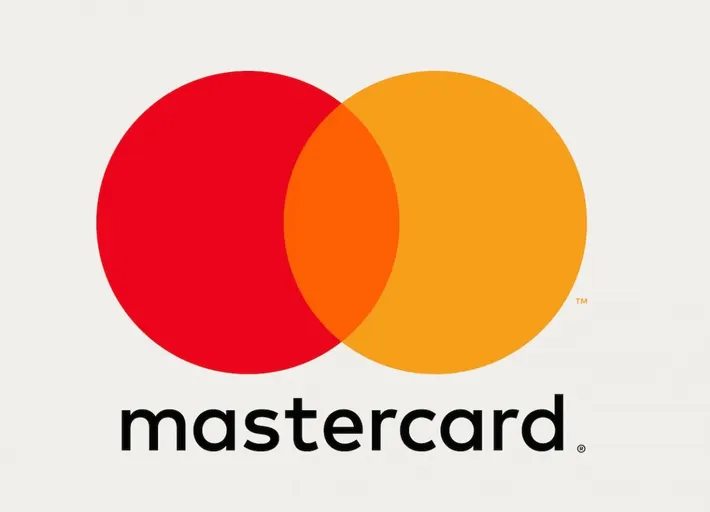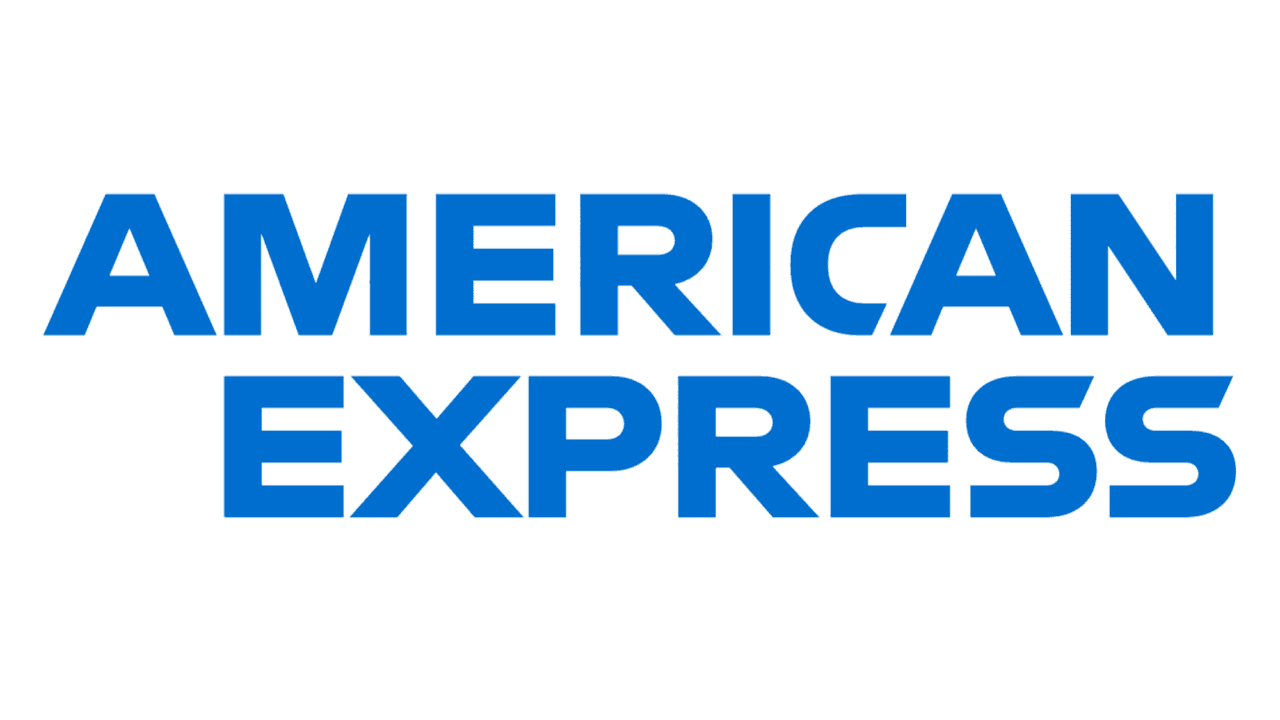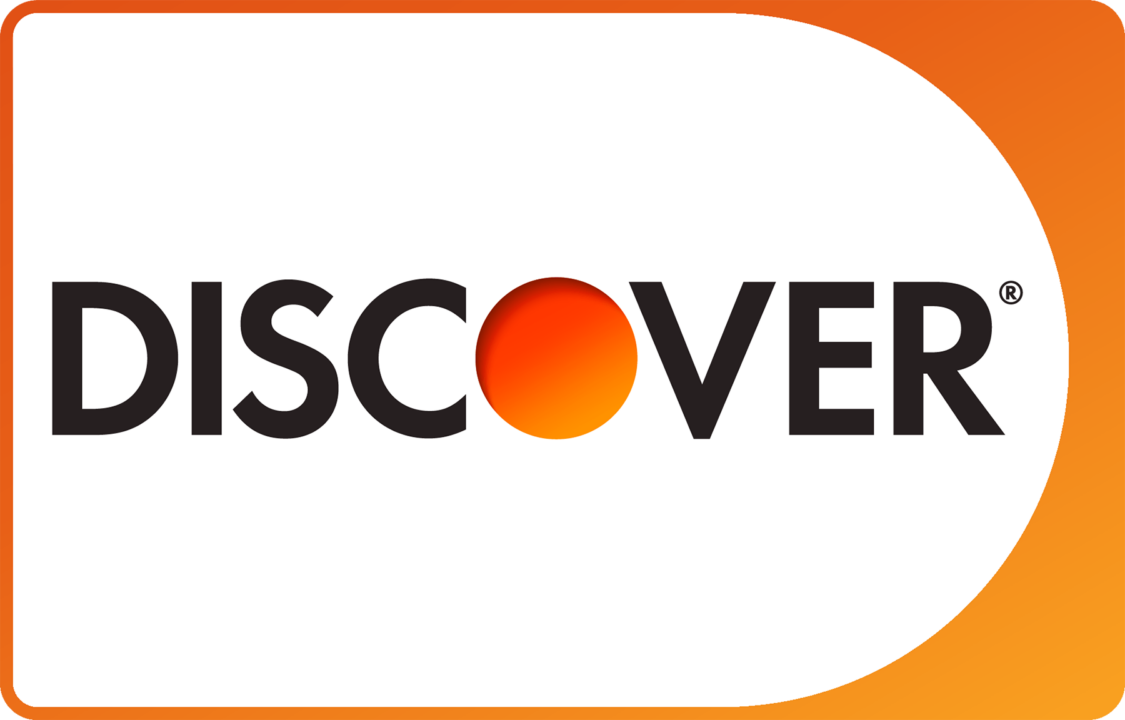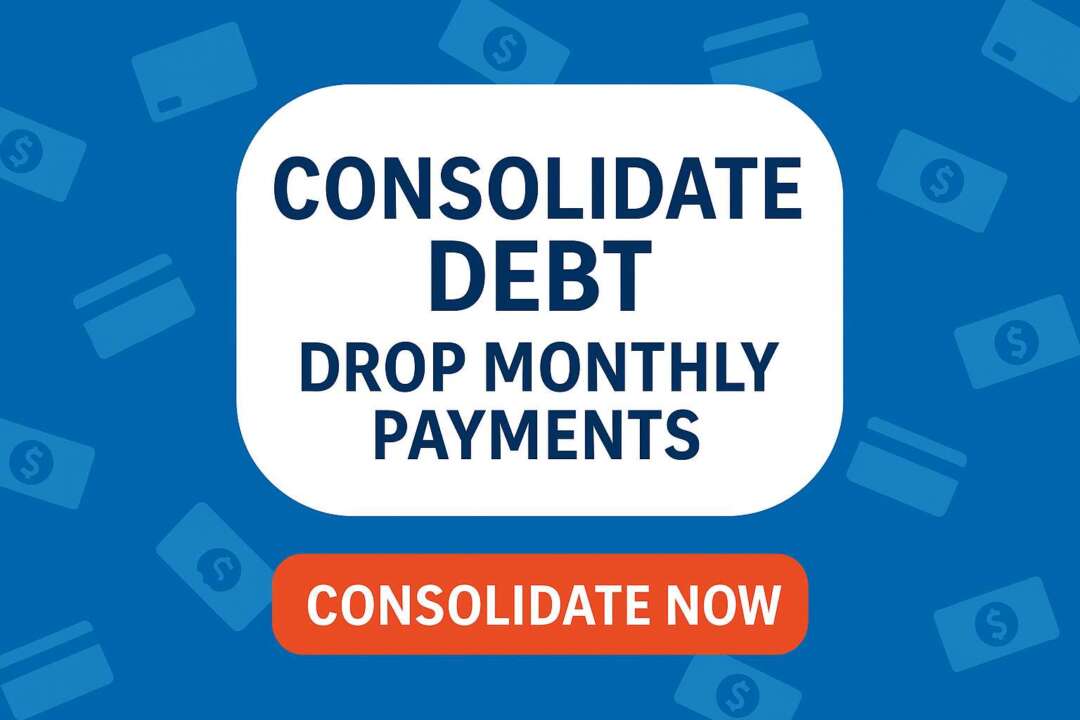Snowball Method for Paying Off Debt — Step-by-Step Guide
Struggling with debt? You’re not alone.
With inflation driving up prices and job security feeling shaky, debt can make your household even more vulnerable to financial stress. The good news? There’s a simple, proven way to regain control: The Snowball Method.
What Is the Snowball Method?
The Snowball Method is a debt repayment strategy that focuses on paying off your smallest debt first — no matter the interest rate — while making minimum payments on your other debts.
Once the smallest debt is paid off, you “roll” that payment into the next smallest balance. As your debt snowball grows, so does your payment power, speeding up your path to becoming debt-free.
Real-Life Example: Eliminating $17,000 in Credit Card Debt
Let’s break it down with an example:
A family faces $17,000 across four credit cards.
- Combined minimum monthly payments: $750
- Extra payment commitment: $200
- Total monthly payment: $950
Month 1: Start Small, Stay Focused
The smallest balance is Credit Card 2.
- Minimum payment: $35
- With snowball: $242 paid toward this card.
Months 2–4: Building Momentum
They keep total payments at $950, even as minimum payments shrink.
Every extra dollar goes toward Credit Card 2 until it’s gone.
Month 5: First Debt Paid Off
Credit Card 2 is eliminated. Now, that extra money rolls onto Credit Card 3 — the next smallest balance.
Month 6: Milestone Motivation
With one card paid off, the extra payment grows automatically.
Their new snowball payment rises from $262 to $312 — accelerating their payoff without spending more.
Months 7–12: Fast-Tracking Progress
Staying committed to $950/month, the family knocks out debts faster.
By Month 12, Credit Card 3 is down to $110 and fully paid off. The snowball rolls onto Credit Card 4.
The Power of the Snowball Method
- 6 months to eliminate a $1,166 balance
- 6 more months to pay off $2,558
- All without increasing their budget — only by staying consistent.
By Month 13, their extra payment has grown to $500, simply because each cleared debt frees up more money for the next one.
Should You Close Paid-Off Credit Cards?
When you pay off a card, you’ll face a choice:
✅ Close it to avoid future temptation.
✅ Leave it open to improve your credit score (lower utilization and longer credit history).
There’s no one-size-fits-all answer — choose the option that matches your financial goals.
How Fast Could You Be Debt-Free?
Want to know how long it’ll take you to become debt-free using the Snowball Method (or Avalanche Method)?
👉 Visit The Yukon Project’s Debt Payoff Calculator
Simply enter your:
- Debt balances
- Minimum payments
- Interest rates
You’ll instantly see:
- Your debt-free timeline
- Total interest savings
- The best strategy for your situation
For the family in our example:
They could be completely debt-free in just 2 years using the Snowball Method.
Take Control of Your Debt — Starting Today.
Debt freedom is closer than you think.
Start snowballing your payments and watch your progress grow!
























